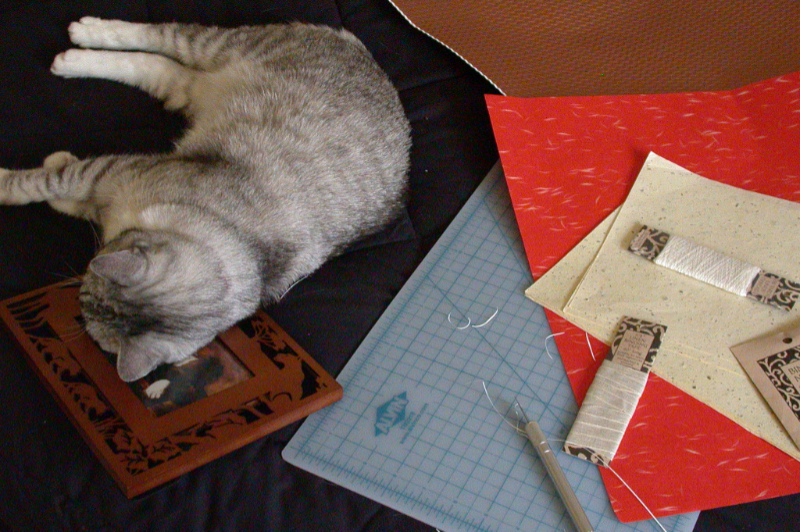J.D. Lasica is doing a brave thing: he’s put his new book, Darknet: Remixing the Future of Movies, Music, and Television online at both a wiki and a weblog, and then has invited all of us to join him in editing it.
He writes:
Goal: In the spirit of open media and participatory journalism, I’d like to use this wiki to publish drafts of each chapter in the book. I hope you’ll participate in this effort by contributing feedback, edits, criticism, corrections, and additional anecdotes, either through the comments field below or by sending me email. Feel free to be as detailed as you like or to insert comments or questions. After all, you’re the editor. (And remember, this is for a book manuscript, not a finished online document.) If you make a couple of helpful edits, I’ll mention your name in the book’s Acknowledgments (and buy you a drink next time we meet up).
Request: This is an experiment in trust. Feel free to dive in and make all the changes you think are warranted. I’ve opened this up as a public wiki, rather than a private space. Feel free to link to this main page from your blog, though I’ll also ask at this early stage that people not excerpt material or dissect any of the material in detail because we’re not at the public discussion point yet.
If you’re going to allow group editing, a wiki is the way to do it–have the people merge their own efforts, rather than having to do it yourself. However, I would hesitate before I approached any form of group edit, and it was my experiences with Practical RDF that led to this.
During the review of the book, I posted my chapters online and asked for edits and suggestions from the RDF community. I did receive a great number of suggestions and corrections, for which I was and still am grateful. However, a few weeks into the effort and I began to regret taking this approach, and I won’t do this again. Why? Because people bring with them different expectations about what they want to see in a book on specific topics, and trying to merge these expectations is virtually impossible.
For instance, the semantic web folks wanted the Practical RDF book to focus more on the esoteric aspects of RDF: less on RDF/XML, more on OWL, and more on the underlying theory, and the glorious new future of semantic web goodness. In fact, some of the RDF community was distinctly unhappy at my attempts at opening the technology up for everyday use.The applied folks, though, felt that I spent too much time on the specifications, and not enough on the practical applications. Even within the sections on practical application functionality, some felt I spent too much time on language coverage of RDF and not enough on actual applications based on RDF. Or, conversely, too much on applications, and not enough on language implementations.
All of these people had good suggestions, and I appreciated the time they invested in helping me. However, there was no way to converge these different outlooks into something feasible, workable, and especially readable. All that happened is that I became overwhelmed, and quickly burned out.
There’s also the challenge of receiving critical feedback from dozens of people, all at once. Most book companies only provide feedback from a few people, and this usually gets filtered through the editor. They know that authors can become either discouraged or defensive about writing if they’re hit with too many criticisms of their work in a short period of time. Remember that most people when they review something from an editorial perspective–be it book, music, or food–tend to focus on what’s wrong in the work, rather than what’s right. It’s the nature of what we are.
Now, in some ways, J.D.’s approach works through these difficulties because rather than provide feedback, you provide direct annotation or edits on the work. In other words, you walk the talk. This has the advantage of forcing the person to come up with a solution to go with their criticism. You don’t like the way a paragraph is worded? Then re-word it.
Still, I know for myself that I have a real ownership of my writing, and it’s difficult enough for me to go through the editing process with a trusted editor, much less an unknown, but experienced, reviewer. To do so with just anyone who wants to participate, regardless of ability, judgement, experience, or level of humility–especially level of humility–strikes me as a rather scary proposition.
Regardless of my own personal foibles, I am going to be extremely curious how this works out for J.D.



 The last book is the Mac OS X Missing Manual (Panther Edition), and this book fits about right in the middle between the animal books and the Head First series, in the ratio between use of graphics and text.
The last book is the Mac OS X Missing Manual (Panther Edition), and this book fits about right in the middle between the animal books and the Head First series, in the ratio between use of graphics and text.